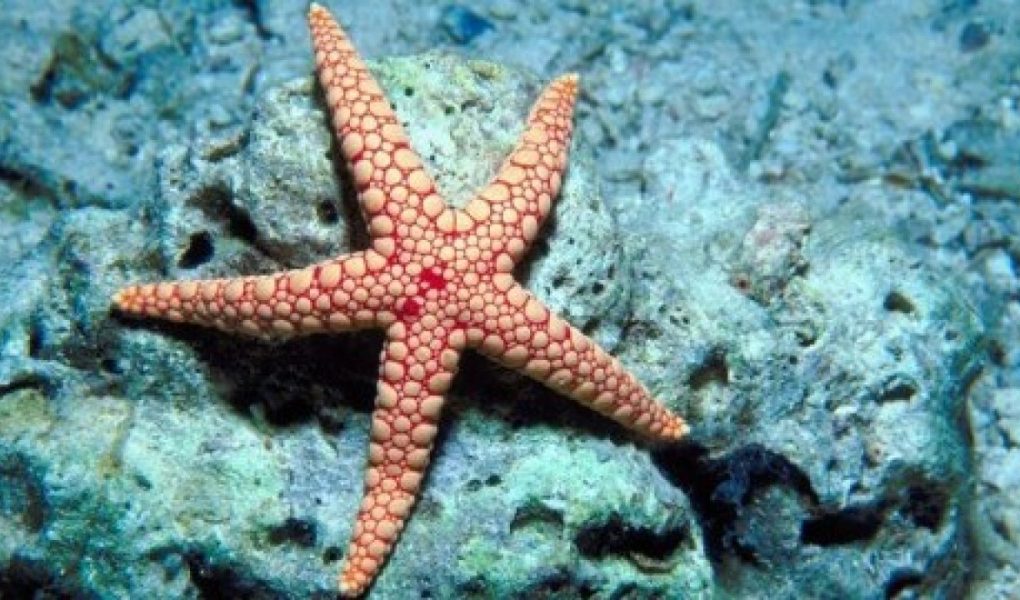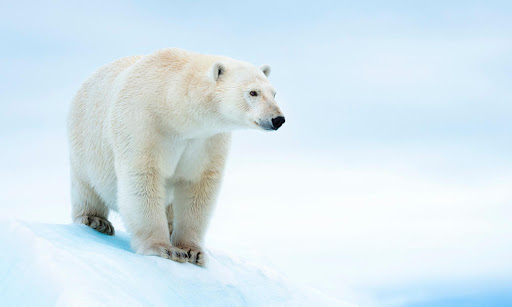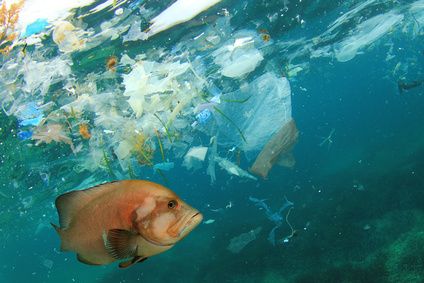keep out of the reach of children
read the directions carefully before use
sorage conditions store in dry places,
not exceeding 30 c, protect from light
dịch hộ mk sang tiếng việt nhé , thanks
Hãy nhập câu hỏi của bạn vào đây, nếu là tài khoản VIP, bạn sẽ được ưu tiên trả lời.

1. Where is the Bermuda Triangle?
A. In the Atlantic Ocean
B. In the Arctic Ocean
C. In the Pacific Ocean
D. In the Southern Ocean
2. What is NOT a way to protect the ocean?
A. Keeping the plastics out of the sea.
B. Asking people to keep the ocean clean together.
C. Recycling most everything.
D. Always throwing plastics into the ocean.
3. There are five oceans on Earth: the Pacific, the Atlantic, the Indian, the Arctic and ___ .
A. the South
B. the Southern
C. the Western
D. the Northern
4. Choose the best answer
A. Because of marine debris, lots of animals get entangled, trapped or killed.
B. Thanks to marine debris, animals in the ocean can have a better life.
C. Marine debris is human-created waste that has been discharged into the marine environment, the land or the atmosphere.
D. Marine debris only affects animals in the ocean. It doesn't have any negative impacts on people.5. What animal is it?

A. Jellyfish
B. Sea turtle
C. Octopus
D. Starfish6. On ___, the Southern Ocean has been officially recognized as one of the oceans on Earth.
A. 8 June 2021
B. 8 July 2021
C. 8 June 2020
D. 8 July 20207. It's ___. It lives in the Arctic.

A. an Arctic wolf
B. an Arctic fox
C. a polar bear
D. a panda8. Which species are in danger of extinction?
A. Sea lion, Tuna, Blue whales
B. Hawksbill turtle, Salmon, Sea lion
C. Sea lion, White shark, Tuna
D. Fin whale, Sea lion, Hector's dolphin
9. Choose the sentence that best describes the picture.

A. The fish looks very happy because there is a variety of waste around him.
B. There is a variety of waste in the sea, which makes the fish look unhappy.
C. The fish looks satisfied with the debris environment.
D. The sea is very clean without waste.
10. Don't throw plastics into the sea. Remember to carry a ___ bottle when going shopping, and ___ whenever possible!
A. reusable - renew
B. reusable - recycle
C. recycle - renew
D. recycle - reusable

Find and correct the mistakes in the following sentences:
1. A pair of compasses are -> is used for draw circles.
2. He has just bought a pencil case to held -|> hold his pens and pencils.
3. A correction pen is used for cover -> covering writing mistakes.
4. British women overtake -> have overtaken British men in Internet usage since 2005.
5. How did your life change -> has your life changed over the past ten years.
6. Any kind of violence must not be allow -> allowed at school
7. These medicine must keep -> be kept out of children’s reach
8. The instruction must follow -> be followed strictly by the students
9. In the case of pupil being absent from school, messages can leave -> be left on the answering machine before 7:30 am
10. These pill must not take -> be taken if you are under 12 years old.

Read the passage carefully. Then decide whether each is True or False
- People pollute the environment by throwing litter or garbage all over the places every day. They also dump empty bottles or cans into the rivers, lakes and seas, making the water unclean. They also cut a lot of trees to get wood pulp for making paper. To protect the environment , everyone should classify and put the garbage in a certain bag for making compost and they should recycle waste paper to avoid cutting a lot of trees. We can protect our environment by doing like that. We also should plant more and more green trees because trees help to hold the soil, prevent us from floods and give us fresh air and shade in summer.
True or False ????
1. One of the factors leading to the water pollution is bottles and cans dumped into the rivers. T
2. We don't need to clarify garbage because It doesn't help protect the environment. F
3. In oder to prodect our environment, we have to plant more trees. T
4. Trees should not be cut down so as to prevent us from floods. T
Questions :
5. We should NOT......... so as to protect environment.
a. Classify and put the garbage in a bag for making compost.
b. Cut lots of trees to get wood pulp instead of recycling waste paper.
c. Plant more green trees.
d. All the correct.
6. What does the word " Classify " in the passage mean ?
a. Arrange things in groups according to their features.
b. Throw things in different directions.
c. Bring things together.
d. Reduce something

1. Can you tell me the way to the ______bus station_________, please?
Certainly. Go straight on then take the second turning on your right. Keep going to the end of the road. It’s on your left.
2. Excuse me! Is there a _______post office________ near here?
Yes. Go straight on. Turn left at the traffic lights. It’s on your left next to the library.
3. Can you help me please? 1 want to go to the _____hospital__________.
Take this street. Go straight ahead until you reach the roundabout. At the roundabout, turn left. It’s on your right opposite the cinema.
4. Excuse me! Where is the nearest _____cafe__________?
Go straight on to King’s Road then turn right. Go past the underground station. It’s on your right between the underground station and the Italian restaurant.
5. How can I get to the _______book shop________?
It’s this way. Go past the roundabout. It’s on the corner across the police station.
6. Sir, could you tell me how to get to the ______supermarket_________?
Go straight on to the roundabout. Cross the roundabout and keep going to about 1 mile. It’s on your right

Chọn đáp án D
Cái nào sau đây KHÔNG phải là nguồn nước cho các động vật ở sa mạc?
A. thực vật sa mạc
B. quá trình trao đổi carbohydrates trong cơ thể
C. máu của động vật khác
D. suối
Dẫn chứng: The herbivores find it in desert plants. The carnivores slake their thirst with the flesh and blood of living prey. One of the most remarkable adjustments, however, has been made by the tiny kangaroo rat, who not only lives without drinking but subsists on a diet of dry seeds containing about 5% free water. Like other animals, he has the ability to manufacture water in his body by a metabolic conversion of carbohydrates. (Động vật ăn cỏ tìm thấy nước từ trong thực vật của sa mạc. Loài ăn thịt thỏa mãn cơn khát của chúng bằng máu thịt của con mồi. Tuy nhiên, một trong những sự thích nghi đáng chú ý nhất nằm ở loài chuột túi nhỏ bé. Chúng không chỉ sống mà không cần uống nước. Chúng tồn tại bằng chế độ ăn với hạt khô chứa khoảng 5% nước. Giống như các loài động vật khác, chúng có khả năng sản sinh nước trong cơ thể bằng cách chuyển hóa carbohydrates.)

Đáp án: B
Câu 2 đoạn 1 “The big parks’ names bring to mind vast stretches of undisturbed wilderness perfect for hiking, camping, and nature-watching.” A, C và D. Câu 1 đoạn 2 “America’s National Park system has an incredible 388 places to visit.”->hệ thông vườn quốc gia Mỹ có
388 địa điểm để tham quan-> không phải là mỗi vườn có 388 địa điểm.
tránh xa tầm tay trẻ em đọc hướng dẫn cẩn thận trước khi sử dụng điều kiện lưu trữ ở những nơi khô ráo, không quá 30 c, tránh ánh sáng